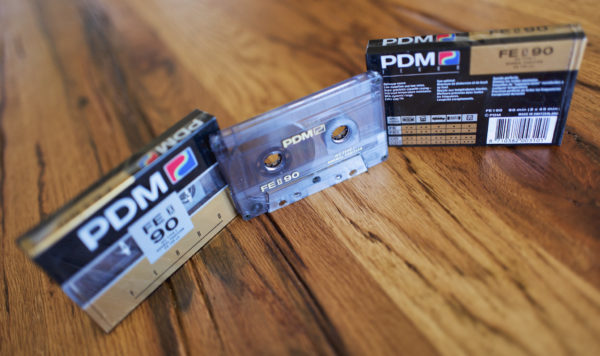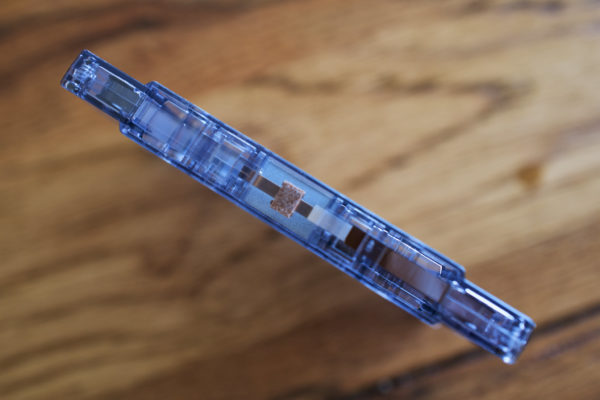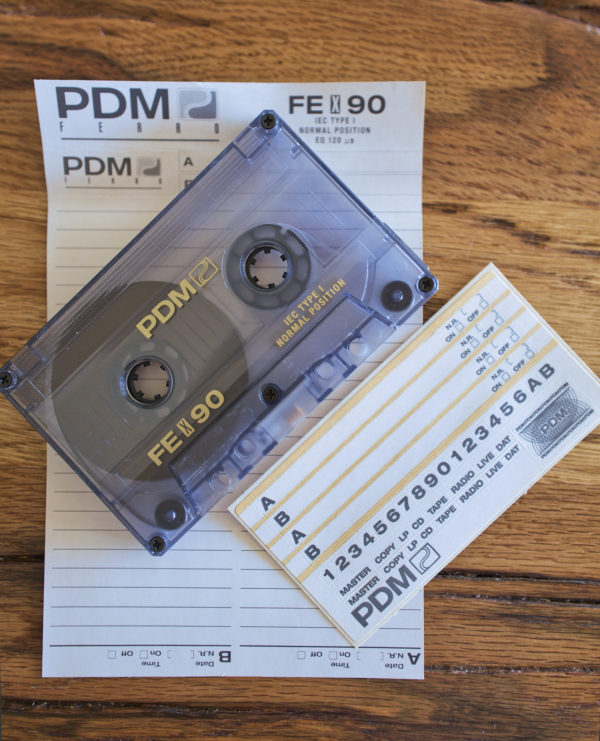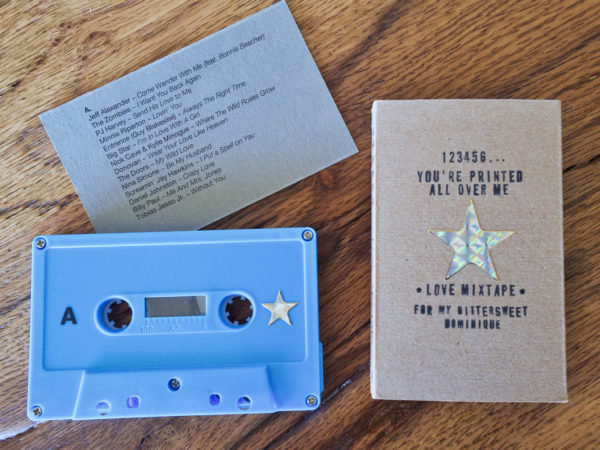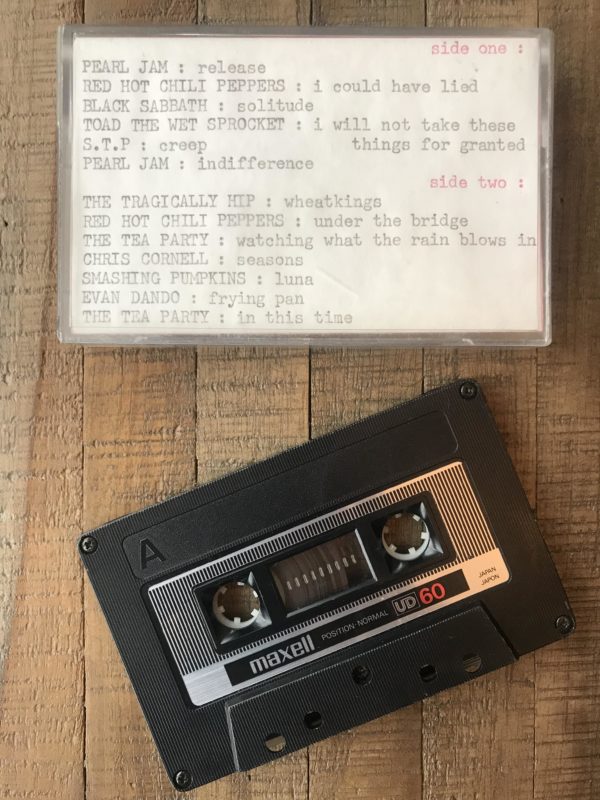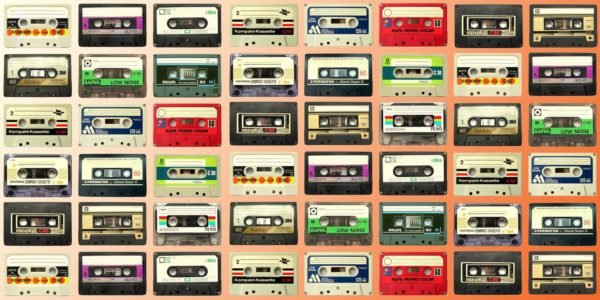A mixtape (also written “mix-tape” or “mix tape”) is a compilation of music, typically from multiple sources, recorded onto a medium, preferably on a cassette tape.
A mixtape is a homemade compilation of songs that are either ordered sequentially or made into a continuous playlist by beatmatching the songs and creating seamless transitions at their beginnings and endings with fade-ins, fade-outs, cross-fades and/or creative edits.
Throughout the 80’s, mixtapes were a highly visible element of youth culture.
However, the increased availability of CD burners and MP3 players and the gradual disappearance of cassette players in cars and households have led to a decline in the popularity of the compact audio cassette as a medium for homemade mixes.
While the process of recording a mix onto an audio cassette from LPs or compact discs is technically straightforward, many music fans who create more than one mixtape are eventually compelled to confront some of the practical and aesthetic challenges involved in the mixtape format.
From a practical standpoint, such issues as avoiding an excessive amount of blank tape at the end of one side (which requires careful planning of the length of each side of the mix) and reducing the audible click between songs (which requires mastery of the pause button on the cassette recorder) have been identified as part of the shared experience of mixtape aficionados.
From an aesthetic point of view, many enthusiasts believe that because a tape player, unlike a CD player, lacks the ability to skip from song to song, the mixtape needs to be considered in its entirety.
This requires the mixtape creator to consider the transitions between songs, the effects caused by juxtaposing a soft song with a loud song, and the overall “narrative arc” of the entire tape. One notable listing of such aesthetic “rules” can be found in a paragraph from Nick Hornby’s High Fidelity :


